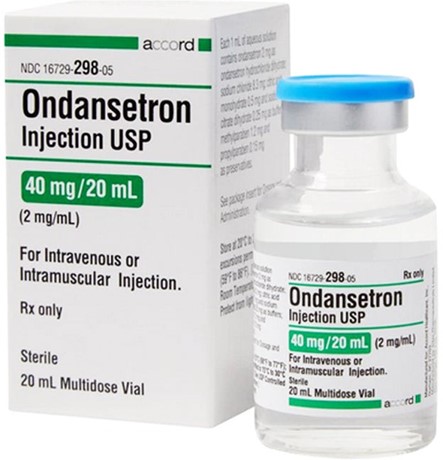A primary healthcare provider has instructed a nurse to give 100 fl oz of fluids to a client with renal calculi. What should the nurse do while caring for this client?
Instruct the client to drink 6 cups of fluids.
Provide 2400 mL of fluids daily.
Provide 3 L of fluids daily.
Instruct the client to drink 250 mL of water daily.
The Correct Answer is B
One fluid ounce is equal to **29.57353 milliliters**¹²³. To convert fluid ounces to milliliters, you can multiply the value in fluid ounces by 29.57353. For example, 1 fluid ounce x 29.57353 milliliters = 29.57353 milliliters.
Therefore, to convert 100 fl oz of fluids to milliliters, you can multiply 100 by 29.57353. The answer is
**2957.353 milliliters**. This is the amount of fluids that the nurse should provide to the client with renal calculi.
The other options are not correct because they do not match the calculated amount of fluids that the client needs. Option a is wrong because it is too litle fluids, which could result in dehydration or inadequate flushing of the urinary tract. Option c is wrong because it is too much fluids, which could result in fluid overload or electrolyte imbalance. Option d is wrong because it is not a volume but a frequency, and it is also too litle fluids for the client's condition.
Nursing Test Bank
Naxlex Comprehensive Predictor Exams
Related Questions
Correct Answer is D
Explanation
To answer this question, we need to calculate the infusion rate in mL per hour, then multiply it by the total time in hours, and finally divide it by 1000 to get the volume in litres.
The infusion rate in mL per hour is the amount of fluid that is given to a patient over a period of time. It can be calculated by dividing the total volume of fluid in mL by the total time in hours². In this case, the infusion rate is:
2.75 mL/min × 60 min/h = 165 mL/h
The total volume of fluid in mL is the infusion rate multiplied by the total time in hours. In this case, the total volume is:
165 mL/h × 7 h = 1155 mL
The volume in litres is the volume in mL divided by 1000. In this case, the volume in litres is:
1155 mL / 1000 = 1.16 L
Therefore, the correct answer is d. 1.16 L.
Correct Answer is B
Explanation
To find the dose of ondansetron, you need to use the formula for weight-based dosage calculation:
Dose (mg) = Weight (kg) x Prescribed dose (mg/kg)
Since the client's weight is 70 kg and the prescribed dose is 0.34 mg/kg, plug in these values into the formula:
Dose (mg) = 70 kg x 0.34 mg/kg
Simplify and solve for the dose:
Dose (mg) = 23.8 mg
Therefore, the client should receive **23.8 mg** of ondansetron prior to chemotherapy.

Whether you are a student looking to ace your exams or a practicing nurse seeking to enhance your expertise , our nursing education contents will empower you with the confidence and competence to make a difference in the lives of patients and become a respected leader in the healthcare field.
Visit Naxlex, invest in your future and unlock endless possibilities with our unparalleled nursing education contents today
Report Wrong Answer on the Current Question
Do you disagree with the answer? If yes, what is your expected answer? Explain.
Kindly be descriptive with the issue you are facing.
